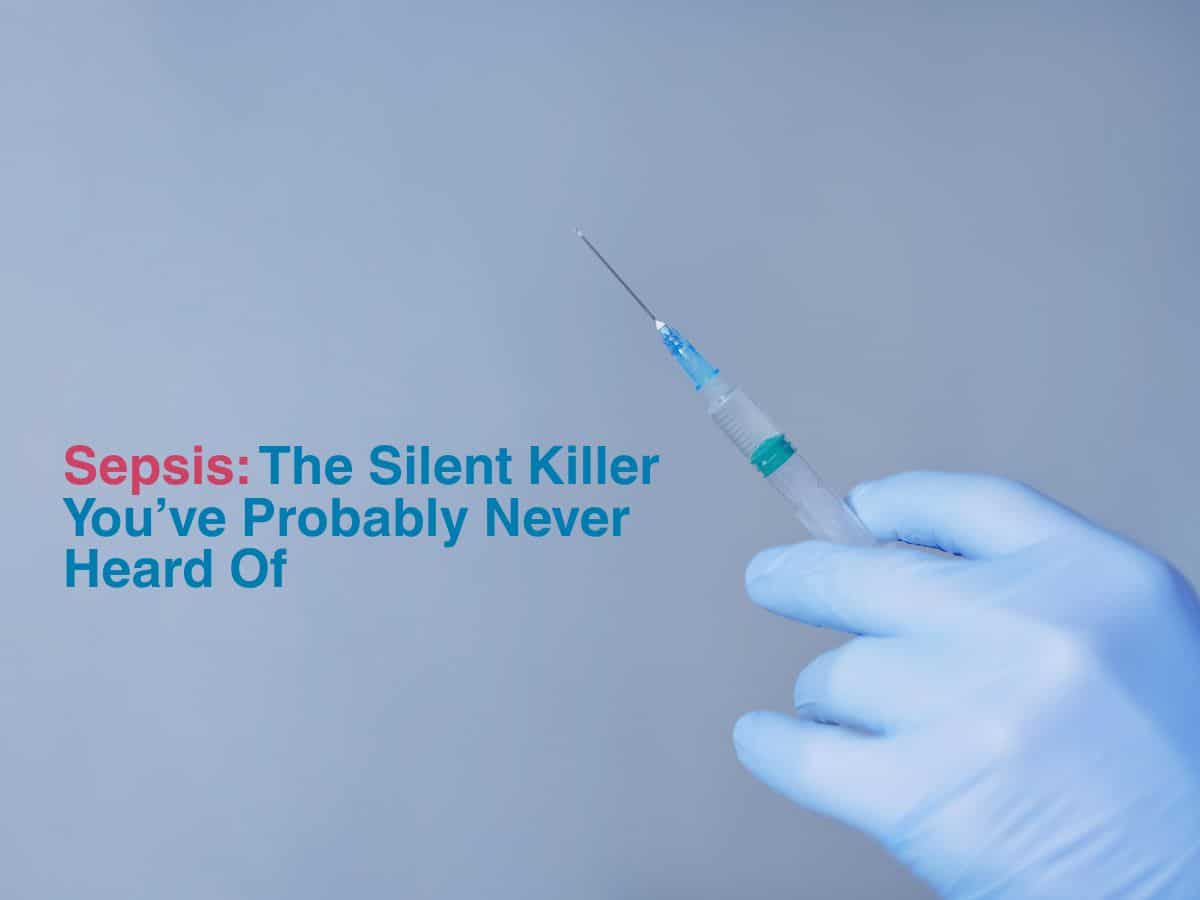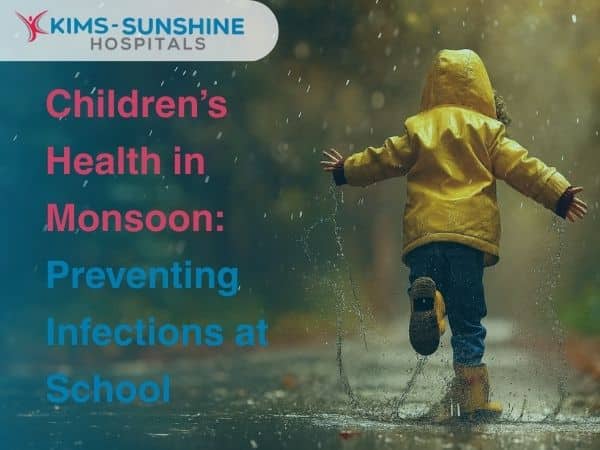
Sepsis: The Silent Killer You’ve Probably Never Heard Of
Sepsis. Most people do not learn its name until it has already left a mark. It isn’t as well-known or common like a heart attack or even as dreaded and notorious like cancer. But the hard truth is, it’s equally dangerous and life-threatening.
What Is Sepsis and Why Is It Dangerous?
When it comes to your body, heat is a good thing. Because it’s like lighting small fires to chase away the intruders, aka, germs. But in sepsis, the fire spreads too fast. The body, in trying to defend itself, begins to strike its own walls. Tissues that should be untouched are swept up in the chaos. Organs begin to dim, losing power one by one.
This can happen from any type of infection – bacterial, viral, fungal. The trigger is less important than the response. With swift action, the body becomes a battlefield it cannot leave.
Early Warning Signs of Sepsis Infection
The earliest signs of sepsis are not unlike the signs of a weary day. One must learn to listen to the change in tone.
Look for:
- Heat that burns more urgently than a typical fever
- A heartbeat that is out of rhythm
- Skin that grows clammy, pale, or unfamiliar to the touch
- A fog settling over the mind, making thoughts heavy and slow
- Pain that seems to echo louder than it should
- A bladder that falls strangely silent
- Dizziness, as though gravity is pulling you down
These signs are the body’s way of clearing its throat before it cries for help. Pay attention, especially if there is a known infection already present.
Sepsis Causes and Treatment Options
Sepsis can bloom from the smallest corners: a blister that turns, a lung that fills too deeply, a wound that doesn’t quite heal. It is not the size of the infection that matters, but how the body answers.
The usual suspects include
- Pneumonia and other lung infections
- Urinary tract issues
- Skin wounds, often dismissed as harmless gashes or cuts
- Gut infections, like appendicitis
- Blood-borne infections
The best treatment for sepsis is time. Doctors take swift action with antibiotics, IV fluids, and oxygen if required. Some need medicines to steady the heart, or surgery to remove the infection’s root. In severe cases, care must continue under the watchful eyes of intensive units. The earlier the intervention, the better the outcome. Each minute buys back precious ground lost to the fire.
What Happens to the Body During Sepsis
Inside a septic body, the immune system goes into a frenzy. Blood vessels begin to leak, oxygen becomes scarce, and clots form like barricades in wrong places. Organs, starved of fuel, begin to tire—first the kidneys, then the lungs, and eventually the heart.
Severe sepsis may bring:
- Blood pressure collapse like scaffolding giving way
- Multi-organ dysfunction
- Clotting disorders that make the blood a threat to itself
- Respiratory collapse requiring machines to breathe
Even afterwards, the effects linger. Patients often feel the tiredness in their bones, experience memory issues and pain that comes back.
Conclusion
Sepsis is not an illness that gives warning in bold letters. It is a note slid under the door, easy to miss, until it is too late to read. But if we teach ourselves to see its signs, if we treat infections with respect and never with laziness, then we give ourselves a fighting chance. Remember: if someone is ill and their condition begins to worsen suddenly – faster pulse, altered state of mind, troubled breath – act. Do not wait for the body to shout. It has already whispered for help. The truth is: sepsis does not need to be a silent killer. We just need to listen harder!







